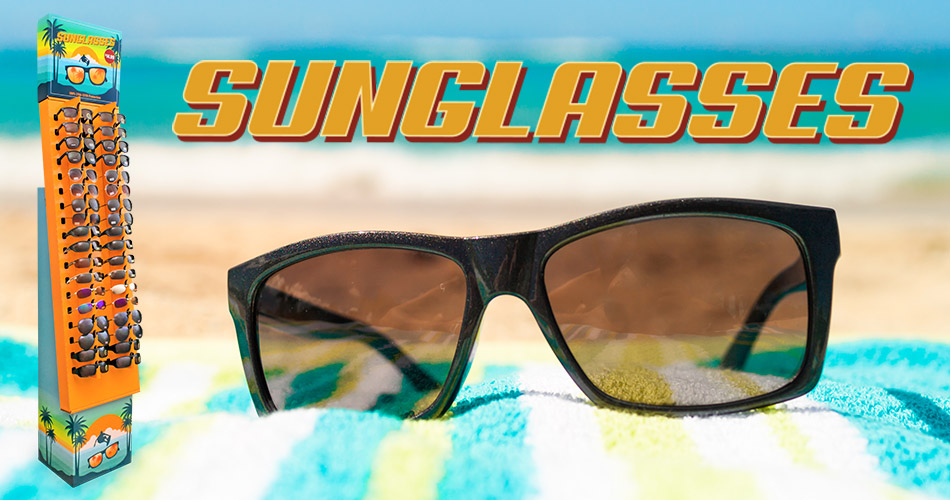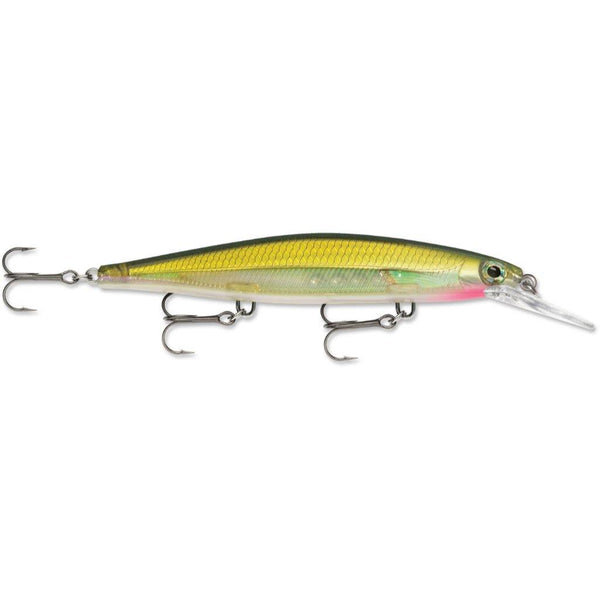The 'W' Prawn-Trawl with Emphasised Drag-Force Transfer to Its Centre Line to Reduce Overall System Drag
For prawn trawling systems, drag reduction is a high priority as the trawling process is energy intensive. Large benefits have occurred through the use of multiple-net rigs and thin twine in the netting. An additional positive effect of these successful twine-area reduction strategies is the reduced amount of otter board area required to spread the trawl systems, which leads to further drag reduction. The present work investigated the potential of redirecting the drag-strain within a prawn trawl away from the wings and the otter boards to the centre line of the trawl, where top and bottom tongues have been installed, with an aim to minimise the loading/size of the otter boards required to spread the trawl. In the system containing the new ‘W’ trawl, the drag redirected to the centre-line tongues is transferred forward through a connected sled and towing wires to the trawler. To establish the extent of drag redirection to the centre-line tongues and the relative drag benefits of the new trawl system, conventional and ‘W’ trawls of 3.65 m headline length were tested firstly over a range of spread ratios in the flume tank, and subsequently at optimum spread ratio in the field. The developed ‘W’ trawl effectively directed 64% of netting-drag off the wings and onto the centre tongues, which resulted in drag savings in the field of ∼20% for the associated ‘W’ trawl/otter-board/sled system compared to the traditional trawl/otter-board arrangement in a single trawl or twin rig configuration. Furthermore, based on previously published data, the new trawl when used in a twin rig system is expected to provide approximately 12% drag reduction compared to quad rig. The twin ‘W’ trawl system also has benefits over quad rig in that a reduced number of cod-end/By-catch Reduction Device units need to be installed and attended each tow.

Hydrodynamic performance of bottom trawls with different materials, mesh sizes, and twine thicknesses - ScienceDirect

PDF) Fishing Vessels Energy Efficiency Operational and Technological Measures

PDF) Development of a new midwater sampling trawl
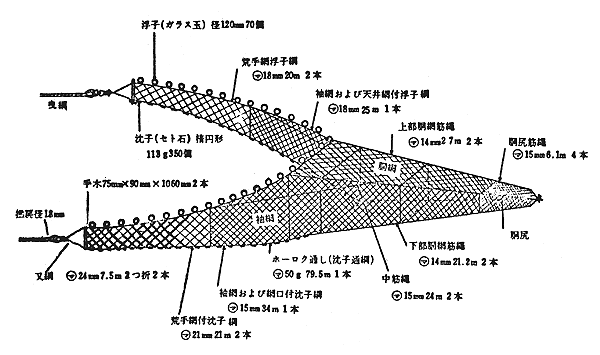
PROCEEDING OF THE WORLD SCIENTIFIC CONFERENCE ON THE BIOLOGY AND

Drag characterisation of prawn-trawl bodies - ScienceDirect
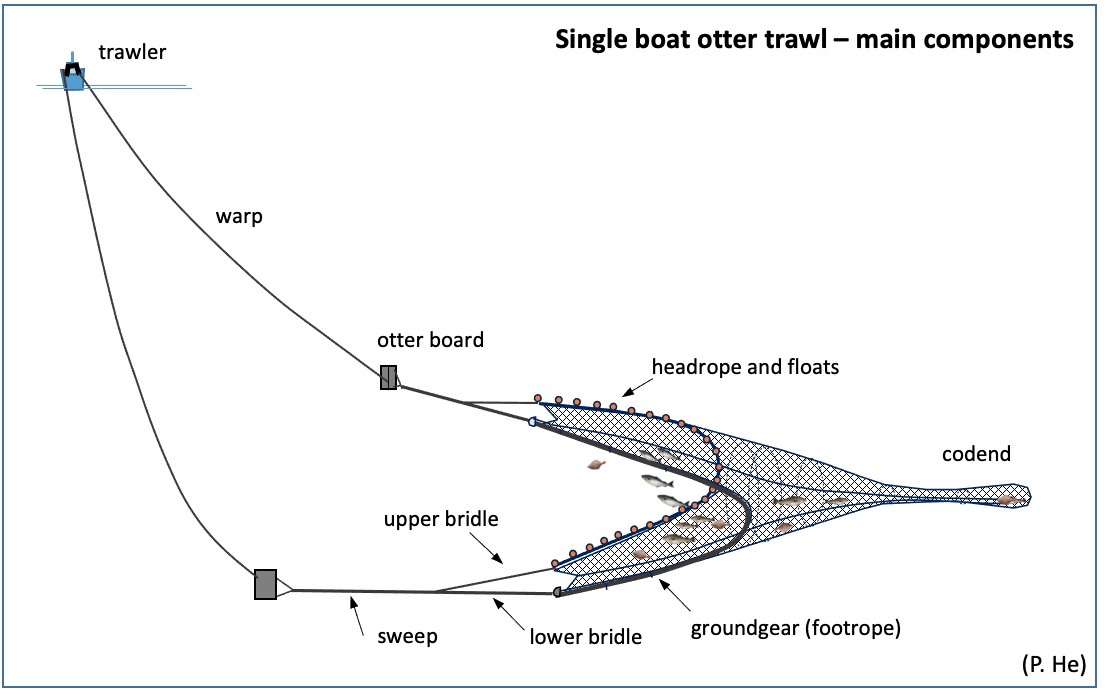
Shrimp outrigger trawling - Fishing Techniques

Choosing anterior-gear modifications to reduce the global environmental impacts of penaeid trawls

Jonathan BINNS, Professor of Naval Architecture, BE (hons), MSc, PhD, Australian Maritime College, Newnham, AMC, National Centre for Maritime Engineering and Hydrodynamics (NCMEH)

Twine designs tied to improved fuel efficiency

Comparative study on the full-scale prediction performance of four trawl nets used in the coastal bottom trawl fishery by flume tank experimental investigation - ScienceDirect

Drag characterisation of prawn-trawl bodies - ScienceDirect

Comparative study on the full-scale prediction performance of four trawl nets used in the coastal bottom trawl fishery by flume tank experimental investigation - ScienceDirect
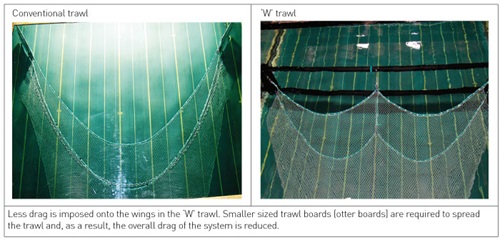
Twine designs tied to improved fuel efficiency








